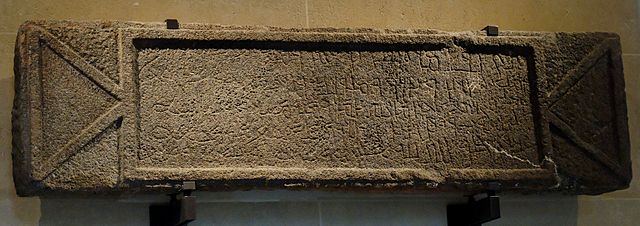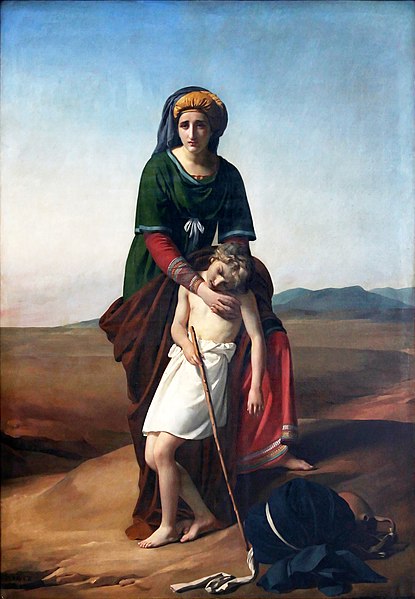Lihyan, also called Dadān or Dedan, was a powerful and highly organized ancient Arab kingdom that played a vital cultural and economic role in the north-western region of the Arabian Peninsula and used Dadanitic language. The Lihyanites ruled over a large domain from Yathrib in the south and parts of the Levant in the north.
Lihyanite Colossal statue from Dadān, possibly of a king, it followed the standardized artistic sculpting of the Lihyanite kingdom, the original statue was painted white
A silver phiale, late 5th century BC, dedicated to the Arabian goddess al-ʾIlāt by Qainū son of Gešem, king of Qedar. His father, Gešem, is equated with both Biblical Geshem the Arab and Dadanitic Gashm bin Shahr
Gargoyle from Dadān in the form of a lion’s head, an Arabian adaptation of Syro-Hittite motifs
Two colossal statues from the sanctuary of Dadān/al-Khuraybah, possibly a figurative representations of Lihyanite kings
The Arabs, also known as the Arab people, are an ethnic group mainly inhabiting the Arab world in West Asia and North Africa. A significant Arab diaspora is present in various parts of the world.
The Namara inscription is an Arabic epitaph in Nabataean script of Imru' al-Qais, son of "Amr, king of all the Arabs". Basalt, found at Nimreh in the Hauran (Southern Syria), dated 7 December 328 CE.
A depiction of Hagar and her son Ishmael in the desert (1819) by François-Joseph Navez
Al-Khazneh in Petra, capital of the Nabataean Kingdom, built as a mausoleum to Nabataean King Aretas IV in the first century AD
Receipt for garments sent by boat to Dilmun in the 1st year of Ibbi-Sin's rule, circa 2028 BCE.








